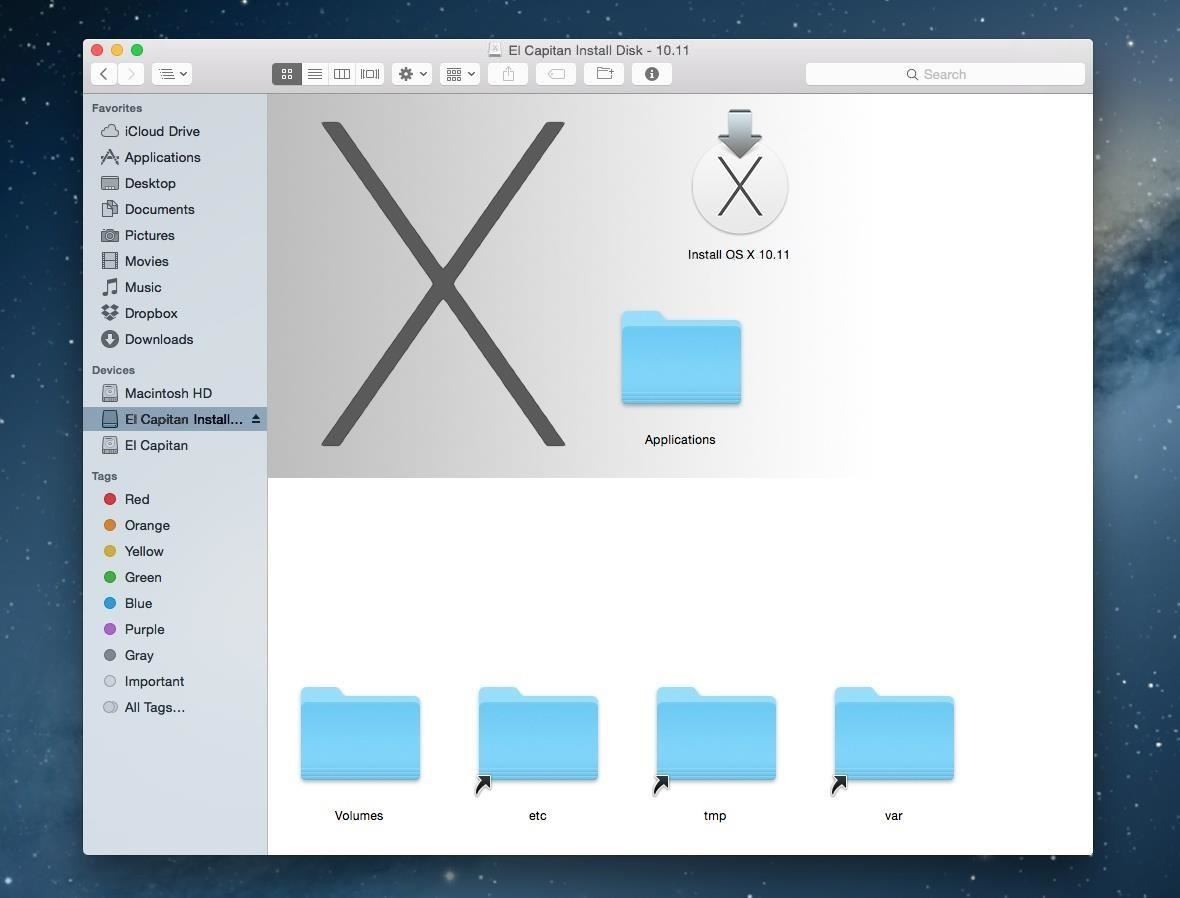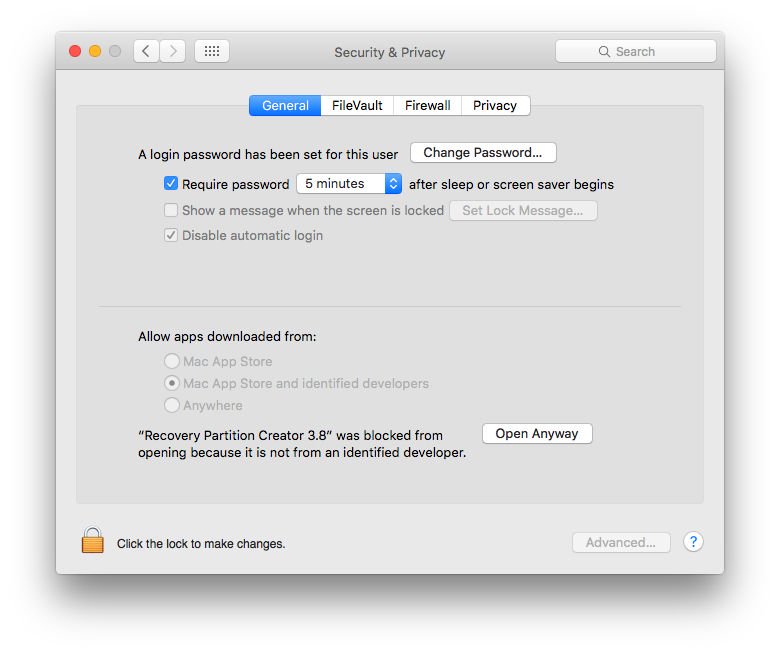
- #El capitan launchpad manager install
- #El capitan launchpad manager update
- #El capitan launchpad manager software
- #El capitan launchpad manager free
This may be a bug or something that amuses Apple. Using macOS to remove Ubuntu usually results in an inability to boot macOS.
#El capitan launchpad manager free
Boot to macOS, then use diskutil command to expand an existing macOS partition to contain the free space created by removing Ubuntu.Use a tool included with Ubuntu live to remove the Ubuntu related partitions.

#El capitan launchpad manager update
Boot to Ubuntu, then update the /etc/fstab file to reflect the change in EFI partitions for the Ubuntu boot files.Afterwards, copy the /EFI/Microsoft/bootmgfw.efi file to /EFI/Boot/boot圆4.efi in the original EFI partition. Boot to macOS, then move the /EFI/BOOT and /EFI/ubuntu folders from the original EFI partition to the new EFI partition.Note: The overwritten file is identical to the /EFI/Microsoft/bootmgfw.efi file in the original EFI partition. Installing Ubuntu will overwrite the Microsoft /EFI/Boot/boot圆4.efi file in the original EFI partition. When creating new partitions, include a new EFI partition.
#El capitan launchpad manager install

This conflict can be resolved by having two EFI partitions. Installing a macOS/Windows/Ubuntu triple boot on your Mac does create a conflict in that both Ubuntu and Windows both install a file in the original EFI partition at /EFI/Boot/boot圆4.efi. According to Rod Smith (the current maintainer of the rEFInd Boot Manager), this file then transfers execution to the /EFI/ubuntu/grub64.efi file (GRUB), which can be used to boot Ubuntu.
#El capitan launchpad manager software
When the BOOX64.EFI file executes, the software changes the EFI settings to make Ubuntu the default operating system to boot. This file is an exact copy of the /EFI/ubuntu/shim圆4.efi file stored in the same volume. (You hold down the option key at startup to access to the Mac Startup Manager.) The Startup Manager instructions the boot loader in the firmware to boot using the file /EFI/BOOT/BOOX64.EFI file in the FAT32 formatted volume in the EFI partition.

I will post my successful attempts below.īy default, Ubuntu can be accessed from the Mac Startup Manager by selecting the icon labeled EFI Boot. The ultimate goal : having a trial-boot by adding Windows on BootCamp. If I want to switch to Ubuntu, I'd like to select it from the boot menu. In other words : when I power on my Mac, I want my default OS to be MacOS. Formatting the hard drive to make it Mac-compatible (HFS, HFS+) via Ubuntu (through GParted for instance) is far from easy because the Mac packages aren't available: you have to search & install them.īasically I'm trying to have a dual-boot system (MacOS & Ubuntu) without affecting my EFI settings.If you delete the EFI settings (= EFI partition on your hard drive), your device cannot boot on this OS and often leads to a black screen or equivalent at startup. *The EFI settings are - simply put - what allows your device to boot on a given OS. When installing Ubuntu through a USB flashdrive via the mac boot menu, the Ubuntu installer has this annoying habit of replacing the original Mac EFI settings* with Ubuntu EFI settings*.Initially, I was aiming at dual-booting MacOS and Ubuntu on a Macbook Pro, which worked after few attempts but it had its major flaws : I encountered this issue quite often and tested a few solutions so I hope this will help.


 0 kommentar(er)
0 kommentar(er)
